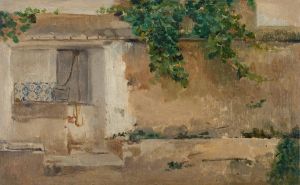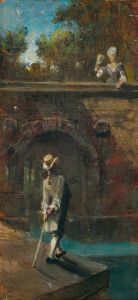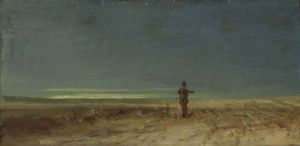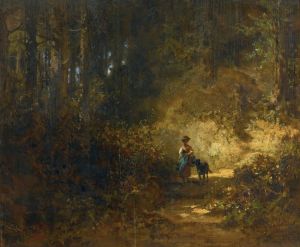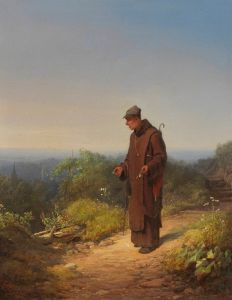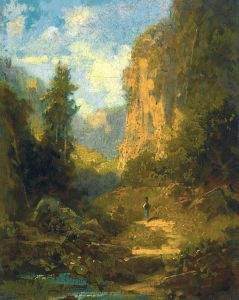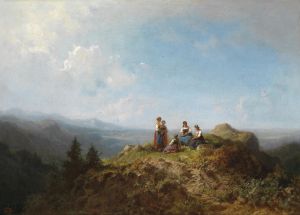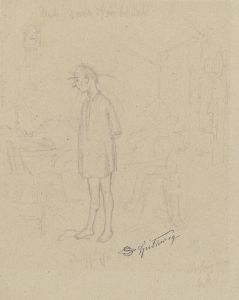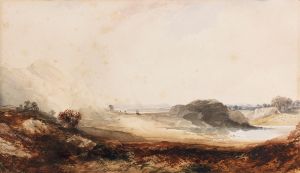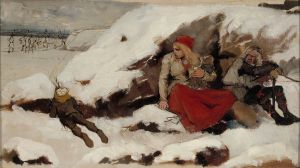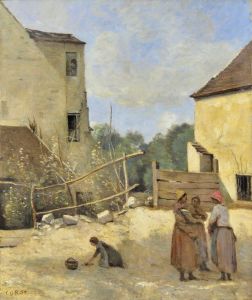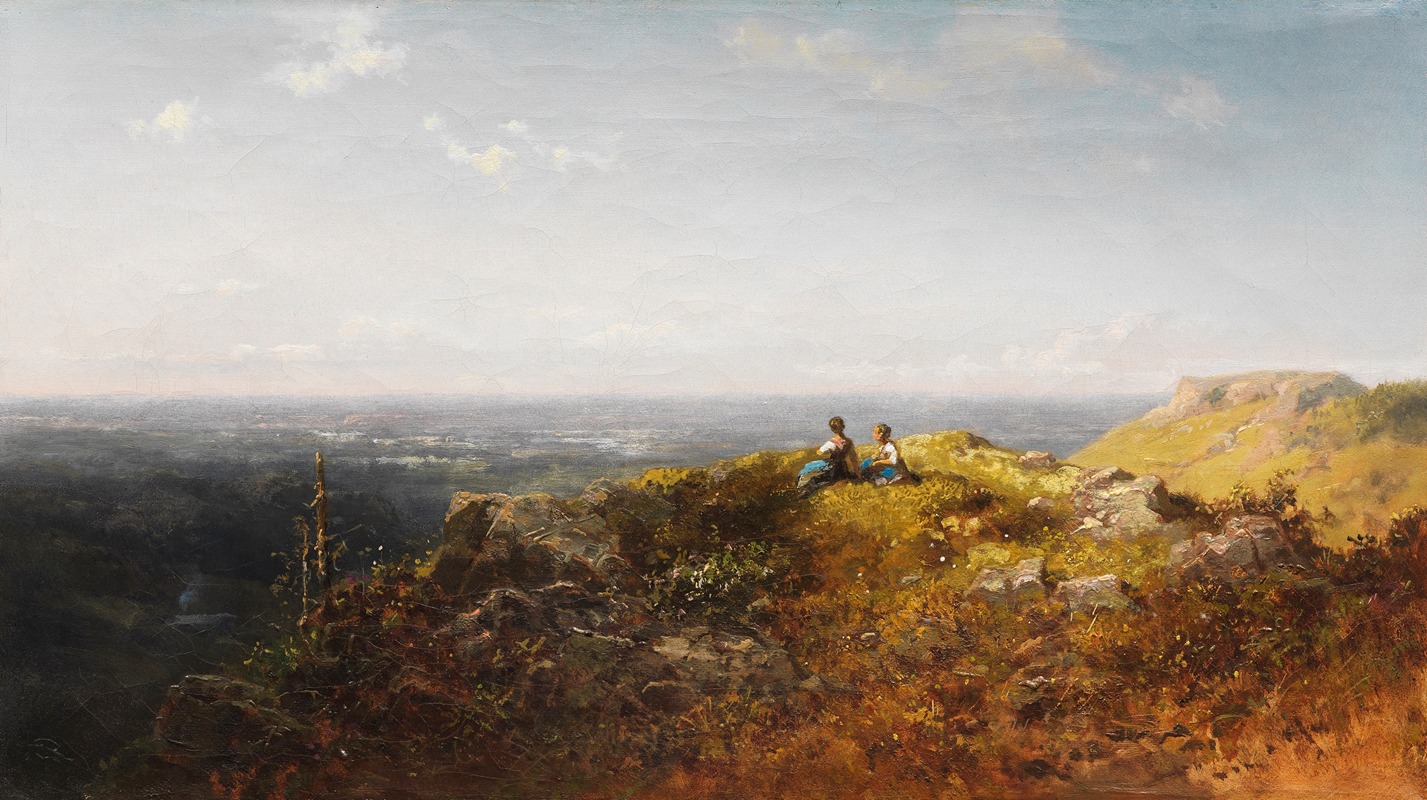
Zwei Dirndl auf der Alm
A hand-painted replica of Carl Spitzweg’s masterpiece Zwei Dirndl auf der Alm, meticulously crafted by professional artists to capture the true essence of the original. Each piece is created with museum-quality canvas and rare mineral pigments, carefully painted by experienced artists with delicate brushstrokes and rich, layered colors to perfectly recreate the texture of the original artwork. Unlike machine-printed reproductions, this hand-painted version brings the painting to life, infused with the artist’s emotions and skill in every stroke. Whether for personal collection or home decoration, it instantly elevates the artistic atmosphere of any space.
Carl Spitzweg was a renowned German painter and poet, known for his detailed and often humorous depictions of everyday life in the 19th century. One of his works, "Zwei Dirndl auf der Alm" (translated as "Two Girls in Dirndls on the Alm"), captures a serene and picturesque scene set in the Bavarian Alps. Although specific details about this painting are not extensively documented, it reflects Spitzweg's characteristic style and thematic focus.
Spitzweg was born on February 5, 1808, in Unterpfaffenhofen, Bavaria, and initially pursued a career in pharmacy before turning to art. He was largely self-taught, drawing inspiration from the Romantic movement and the Biedermeier style, which emphasized the depiction of middle-class life and domesticity. His works often feature quaint, idyllic settings and a gentle, humorous portrayal of his subjects.
"Zwei Dirndl auf der Alm" is consistent with Spitzweg's interest in capturing the charm and simplicity of rural life. The term "Dirndl" refers to a traditional dress worn in southern Germany, Austria, and Switzerland, typically associated with Alpine culture. The "Alm" refers to a mountain pasture, a common setting in Spitzweg's work, reflecting his fascination with the natural beauty and cultural traditions of the Bavarian region.
In this painting, Spitzweg likely portrays two young women in traditional attire, enjoying a moment of leisure amidst the stunning backdrop of the Alps. His use of light and color would typically enhance the tranquil and inviting atmosphere of the scene, inviting viewers to appreciate the harmony between the figures and their natural surroundings. Spitzweg's attention to detail and ability to convey emotion through subtle gestures and expressions are hallmarks of his style, contributing to the enduring appeal of his work.
While specific information about the creation date or the current location of "Zwei Dirndl auf der Alm" is not readily available, it fits within the broader context of Spitzweg's oeuvre, which includes over 400 paintings. His works are celebrated for their narrative quality and ability to capture the essence of 19th-century German life, often with a touch of humor and irony.
Spitzweg's legacy as an artist is significant, as he is considered one of the most important figures in German Romanticism. His paintings continue to be admired for their technical skill and the warmth and humanity they convey. "Zwei Dirndl auf der Alm," like many of his works, offers a glimpse into a bygone era, inviting viewers to appreciate the simple pleasures and beauty of rural life.
In summary, while detailed information about "Zwei Dirndl auf der Alm" is limited, the painting exemplifies Carl Spitzweg's artistic style and thematic interests. His ability to capture the essence of everyday life with charm and subtlety ensures his place as a beloved figure in the history of art.





